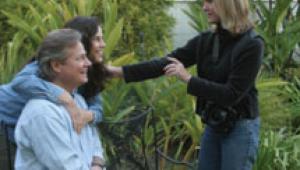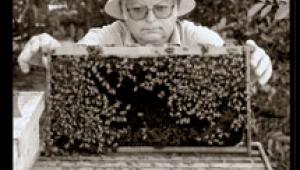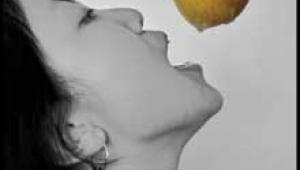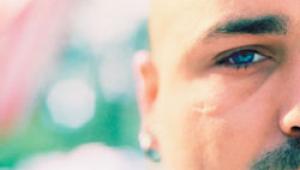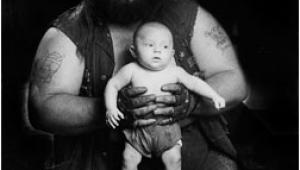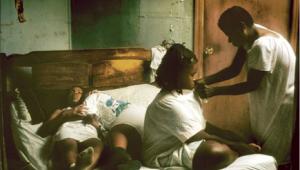Photographing People on the Job; Eric Dusenbery’s ‘Business As Usual’ project Page 2
Pointers on Documenting People at Work
1. Show the person with an object that's typical
of their line of work. Dusenbery says, "This is to show what
they do for a living." In depicting their surroundings, he advises, you
may want to use a wide-angle lens and include some of the equipment, their uniform,
or tools they use on a daily basis.
2. Use available light whenever possible. "Ambient light
provides depth that strobe lighting doesn't always give you." He
says that while doing this project, he didn't want to "worry too
much about lighting, it was more about interacting with the people I was photographing."
Dusenbery used mostly available lighting and relatively fast black-and-white
Tri-X 400 film, rated at EI 320. He also used Polaroid Type 55 PN film, rated
at EI 50. Depending on the person's job, he also shot some pictures outdoors,
and when it was absolutely necessary, he used supplemental lighting.
 |
|
|
3. Use a tripod. Dusenbery shot most of his images for the "Business As Usual" project with a 4x5 camera, which necessitated the use of a tripod. But even if you're shooting with 35mm equipment, a tripod forces you to approach photography in a more-organized way; to slow down a little and be more aware of what you're doing.
4. Try to establish some rapport with your subject first. If you have a fascination with a certain occupation, try to get to know the workers before getting your camera out. Dusenbery says that you'll increase your chances of getting better pictures if an introduction can be arranged in advance.
 |
|
|
5. By using black-and-white film, you won't have to worry about
color temperature when shooting in natural lighting conditions. But
when working with color film, he advises using window light or perhaps filtering
for the light source. For example, you can use a rosy FLD filter to correct
for the greenish tint of fluorescent light. Dusenbery also says that the color
temperature of print film can be corrected during processing. Of course, supplemental
lighting--such as softboxes and strobes--will render the scene with
a daylight color temperature.
6. If you want to photograph people on the job, you must be willing
to interact with them. "You can't be afraid of people when
doing portraiture," Dusenbery states.
 |
|
|
7. Small apertures work well for environmental portraits. "I try to expose for the greatest depth of field possible, so that my images are sharp throughout," he says. For example, he often shoots at f/16. Sharp pictures will reveal details about a person's environment. He also avoids using long shutter speeds to avoid showing movement in his photos.
8. Compose carefully. Whenever possible, Dusenbery utilizes the standards of composition, such as the rule of thirds, leading lines, and off-center subjects. "Camera placement is critical with a 4x5 camera," he says.
 |
|
|
 |
|
|
- Log in or register to post comments
